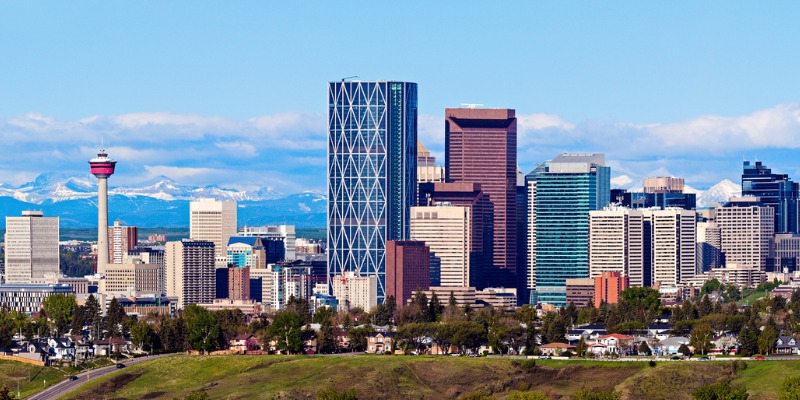Dubious Paris climate goals mean major economic pain for Canadians

According to a new study from the Canadian Energy Centre (CEC), to achieve our Paris Agreement climate commitments, Canada will need a huge carbon tax hike, costing $54 billion in lost annual output by 2030, with the pain concentrated in Alberta’s oil and gas sector. What’s worse, other analyses show that even if all countries met their Paris pledges, the world wouldn’t come close to hitting the UN’s goal of limiting global warming to two degrees Celsius by 2100.
The CEC study—titled Mind the (Paris) Gap—contrasts emissions reductions expected from “promised” Canadian greenhouse gas policies with commitments made under the Paris Agreement. Canada has pledged to reduce emissions by 30 per cent (from 2005 levels) by 2030, which means annual emissions of 511 megatonnes (Mt). Under promised future policy, the CEC study estimates that Canada will have a “Paris gap” of some 112 Mt in emissions.
To bridge this gap, the study argues the least-painful approach is to hike the federal carbon tax to $116 per tonne by 2030 (currently the carbon tax is only $30 per tonne). Note that this is actually the best-case scenario because in practise the government—if it wants to hit its Paris targets—will probably implement other top-down measures even more economically damaging.
Even so, the CEC study estimates that such a drastic hike in the carbon tax would render the Canadian economy $54 billion smaller in 2030 than it otherwise would have been. Alberta alone would see its total economic output $13.5 billion lower—a fall of 3.2 per cent—with $4.5 billion of that reduction occurring in the province’s oil and gas sector.
It would be one thing if all this economic pain actually achieved the official climate goals underlying the Paris Agreement. But alas, it’s estimated that even if all countries met their stated commitments under Paris, the planet in the year 2100 would still have experienced 2.8°C of warming. This of course isn’t remotely close to staying below the official upper ceiling of 2°C of warming, which is the ostensible purpose of the Paris Agreement.
Fortunately for Canadians and the rest of the world, the temperature goals of the Paris Agreement are far too aggressive, at least according to standard methods of evaluating policy. For example, William Nordhaus shared the 2018 Nobel Prize for his pioneering work on the economics of climate change. Yet his model (as of 2016) estimated that the “optimal” amount of global warming by 2100 would be 3.5°C.
In 2017, Canada was responsible for only 1.7 per cent of global carbon dioxide emissions, so the issue of its Paris pledge is largely symbolic. According to the CEC study, meeting the pledge will require almost a quadrupling of the federal carbon tax, a move that would depress output, particularly in Alberta’s oil and gas sector.
But again, this economic pain for Canadians wouldn’t help the world achieve the official Paris climate goals, since the pledges are nowhere close to adequate. And again, the inadequacy of the world’s Paris pledges is probably a good thing, because leading models show that the UN ceiling of 2°C is far too aggressive. Canadians should step back and evaluate the costs and benefits of sticking to our Paris pledge before continuing down this path.
Author:
Subscribe to the Fraser Institute
Get the latest news from the Fraser Institute on the latest research studies, news and events.

